Scientific name: Allium canadense
Other common names: wild garlic, wild onion, stinking rose, Canada onion
Meadow garlic has a large native range in North America, from Texas eastward into the Florida Panhandle, and north to New Brunswick, Canada. The plant has been naturalized and is used commonly in Cuba.
Identification
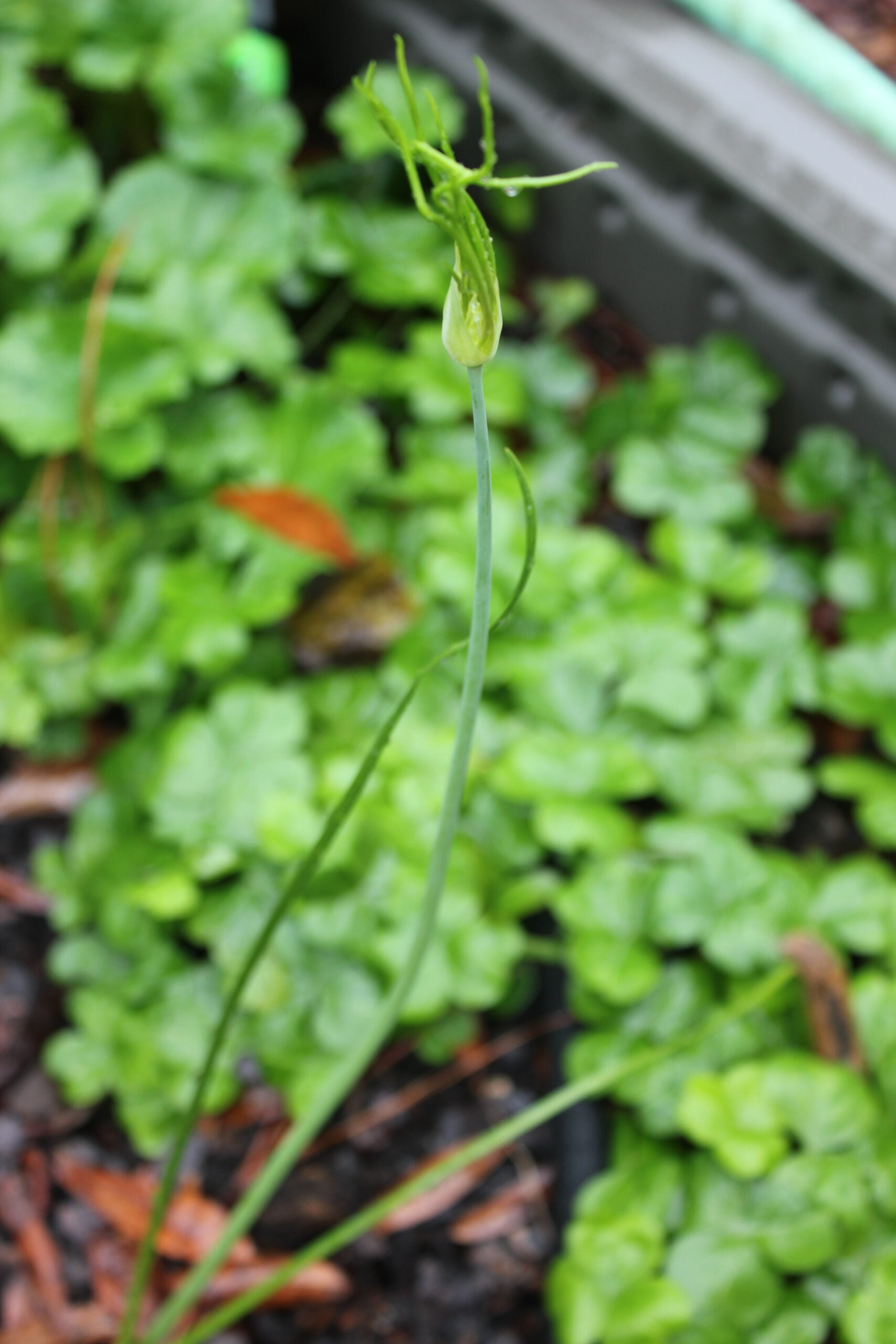
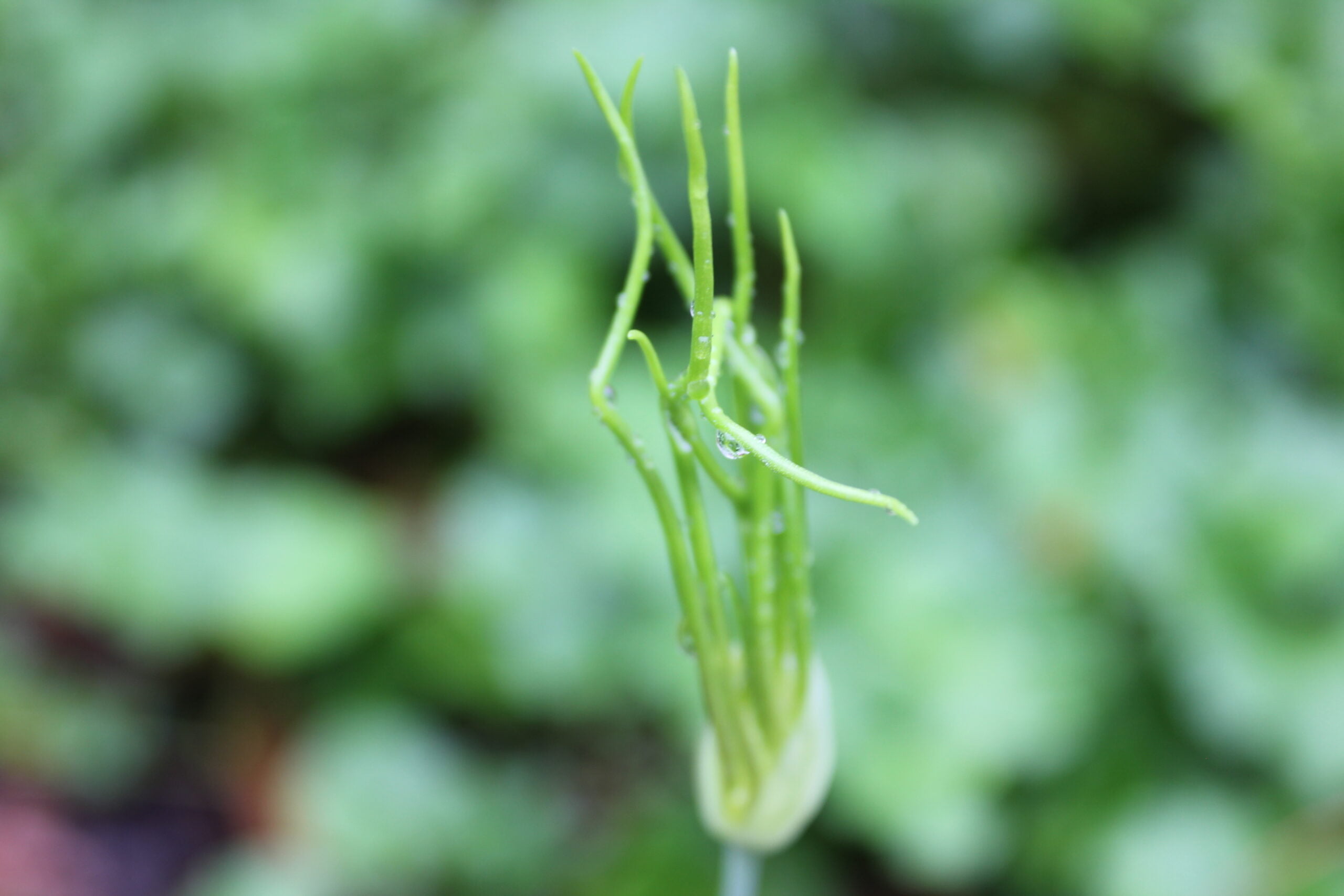
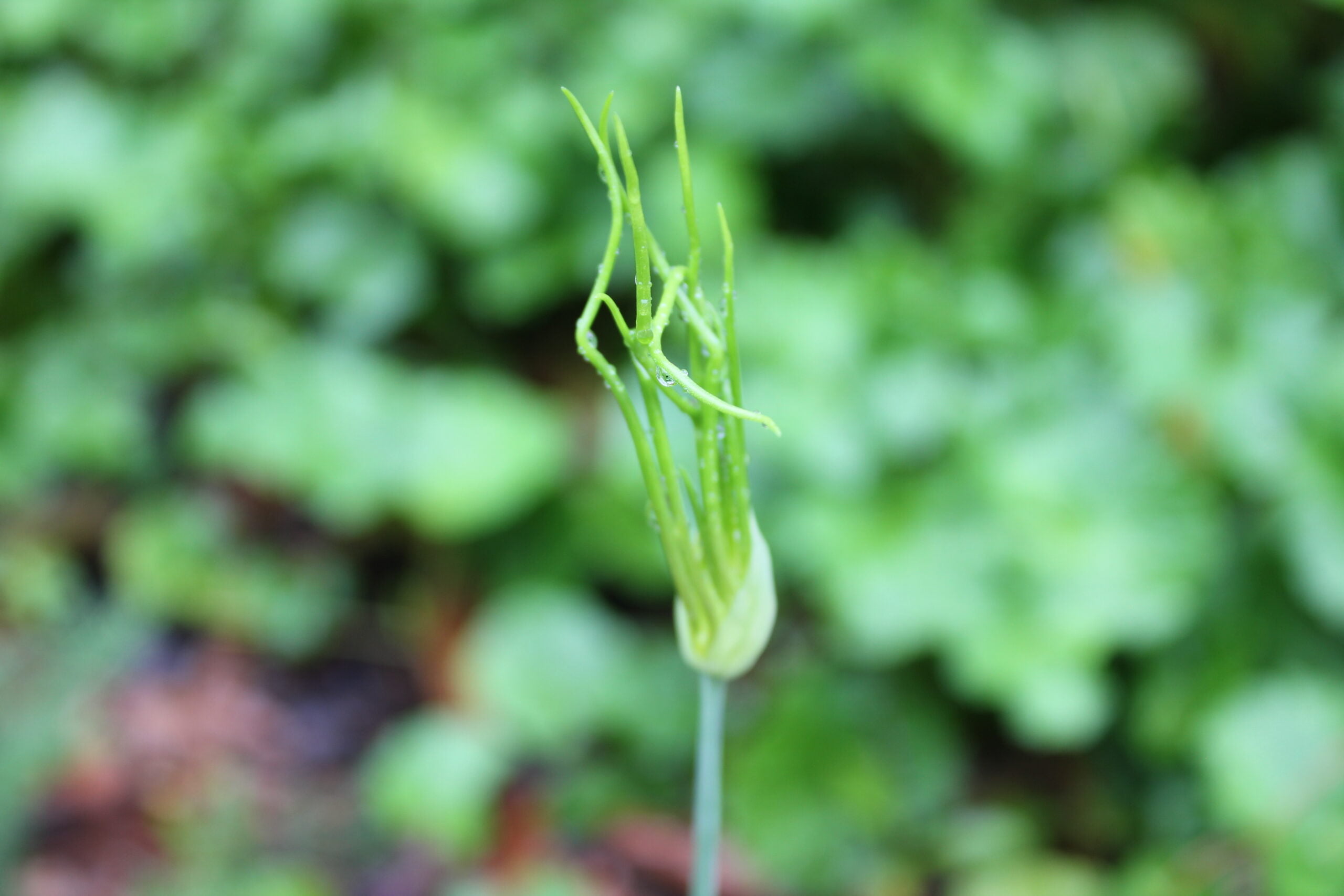
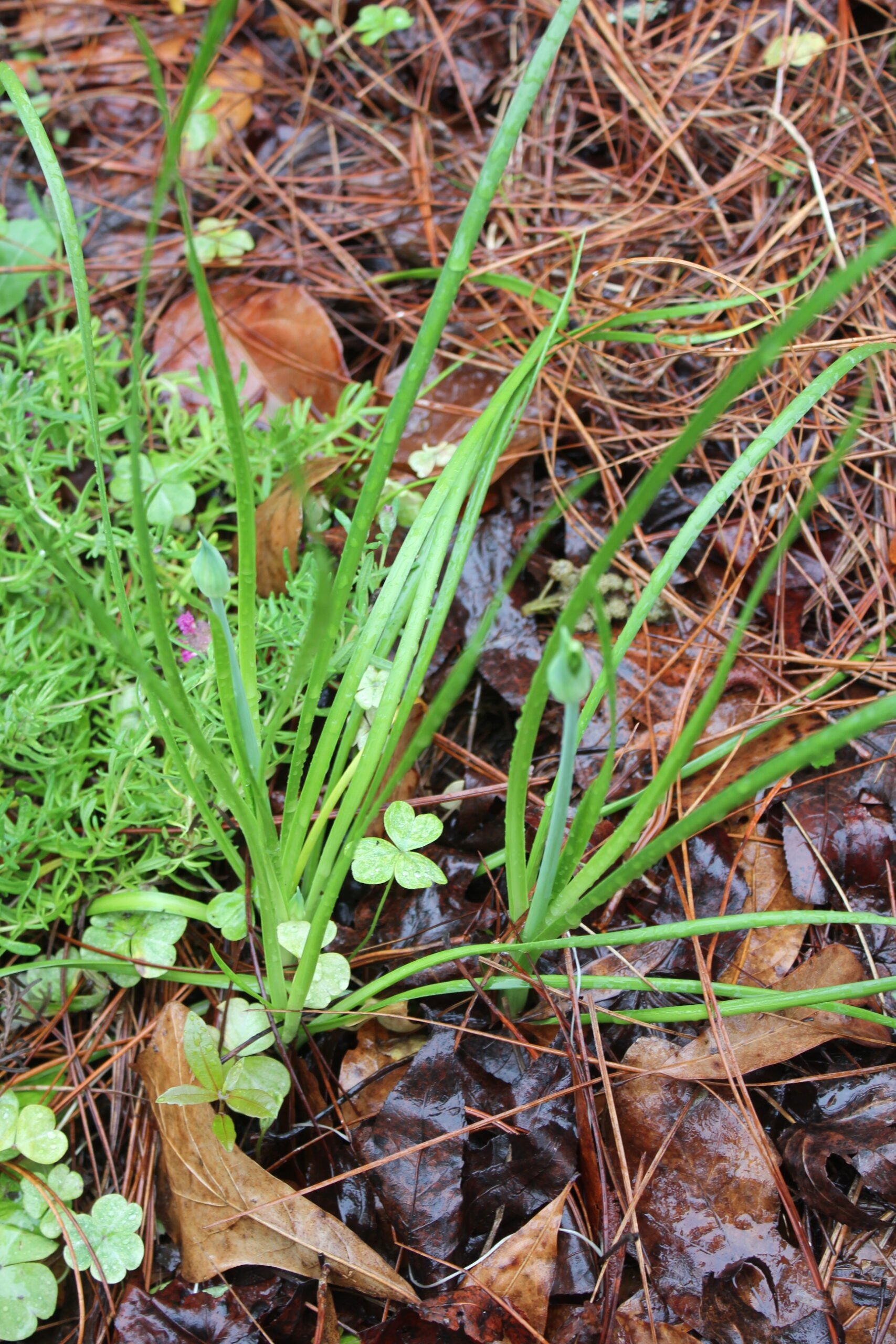
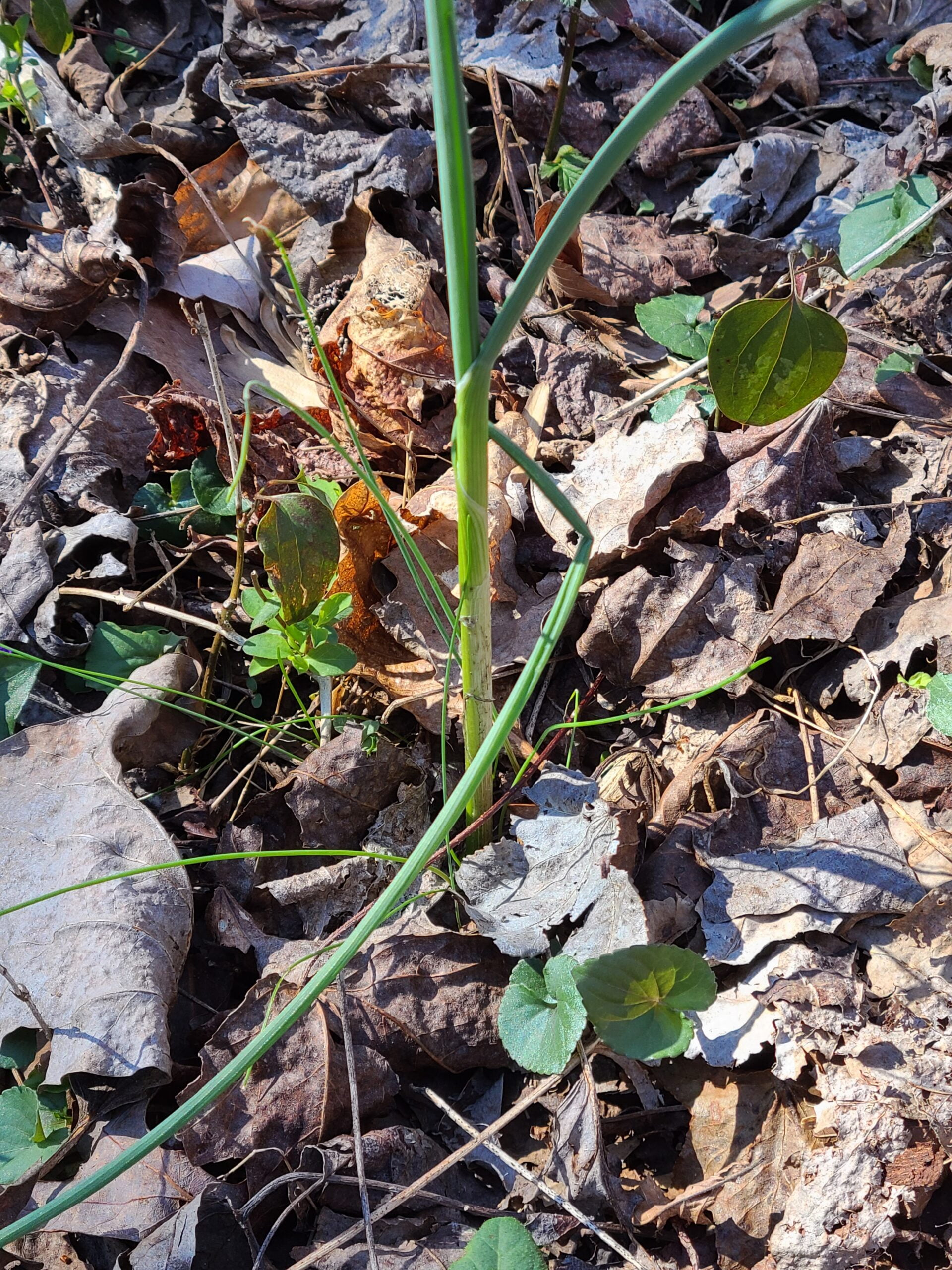


Meadow Garlic grows from a small brown fiber-covered bulb. Narrow grass-like leaves emerge from the bulb, and hollow green stems are topped with clusters of star-shaped flowers that can range from pink to white in color. The hermaphroditic flowers may be replaced by bulblets. The entire plant has an onion or garlic odor.1
There are many look-alikes, either growing in the wild or sold in stores and labeled as meadow garlic. If the plant lacks the onion/garlic smell it may be toxic and should be avoided.2
Growing/Foraging
Meadow garlic is easy to grow and tolerates a wide range of soil types including dry to moist sand, clay, and loam. This plant grows best in open fields with full sun exposure and soil that drains quickly, but will grow anywhere in the garden with adequate sunlight. It is easily propagated from transplanting bulbs in the ground or planting bulblets. The plant dies back in the cold months but will return in the spring. As the flowers drop, each bulblet has the potential to be a new plant the following year. Because of this it can spread throughout your garden. All parts of the plant are edible. The bulbs are usually 4-6 inches beneath the surface. Harvest bulbs when the leaves start to turn brown.34
Like other garlic species, planting Allium canadense in the garden may deter some pests including deer, insects, and some fungi. Having chamomile as a neighbor will improve the garlic’s flavor. Meadow garlic is a good companion plant for many garden staples including dill, beets, carrots, spinach, potatoes, carrots, eggplants, and tomatoes.
Medicinal and Food Properties
Meadow garlic can be used in most of the same ways that traditional garlic or onion are used in culinary applications. Both bulb and bulblet have strong garlic flavor and odor and can be added to recipes raw or cooked. Leaves and stems can be used in similar applications as chives, and the flowers offer a subtle flavor to fresh salads. Bulbs and bulblets are smaller than other garlic varieties but tend to be more pungent. The Cherokee, Iroquois, Menominee, Meskwaki, and Potawatomi have a long tradition of using the bulbs as a wild food source.5
Like other alliums, meadow garlic is high in iron, calcium, folate, phosphorus, choline, magnesium, potassium, vitamins A and C. When added to the diet on a regular basis they help reduce blood cholesterol levels and improve the circulatory system. This wild garlic species also improves the digestive process and boosts the immune system, with nutrients including pyridoxine, folic acid, niacin, riboflavin, thiamin, carotenes, zeaxanthin, and lutein. The plant releases an antimicrobial chemical called allicin when bruised and used in tonics and teas and is effective for treating coughs, colds, flu, and sore throats. Various indigenous tribes of North America, including the Mahuna, rubbed the plant on the body as a repellent from insect, lizard, scorpion, and tarantula bites.678 The plant relieves the symptoms of asthma (antiasthmatic), relieves flatulence (carminative), providing psychological relief through the open expression of strong emotions; causing catharsis (cathartic), helps rid your body of excess salt (sodium) and water (diuretic), helps to clear mucus from the respiratory system (expectorant), speeds the brain’s ability to communicate with the body (stimulant). A tincture is used to prevent worms and colic in children and as a remedy for croup.9
Safety
There are no noted risks associated with the consumption of this plant. However, be mindful of allergies to members of this family.
Recipes
Sources

